Strength and Organization of the Soviet Armed Forces from Winter 1941 to Winter 1942. Divisions and formations, equipment and tanks.
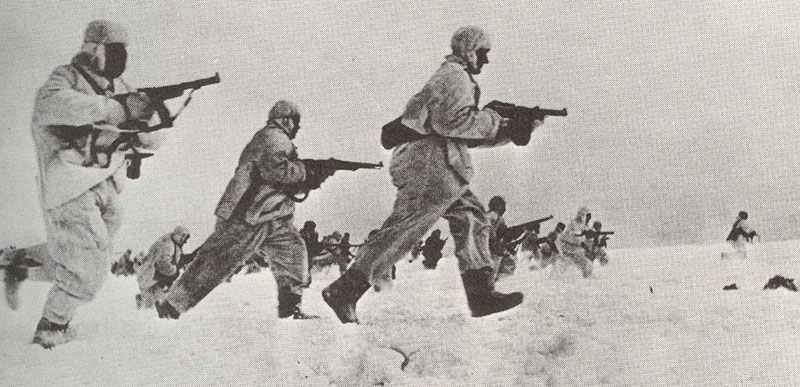
On 5 December 1941, in temperatures of minus 30 degrees centigrade, the Red Army launched its counter-offensive with 720,000 men, 670 tanks (205 of which were heavy KV-1 and medium T-34 models), 5900 guns and mortars and 415 Katyusha rocket launchers. The offensive was the first success of the Red Army and was a tremendous boost to morale.
During the first months of the 1942 campaign, Stalin decreed an all-out offensive, but the operation ended in disaster as the Soviet armies were encircled and destroyed by the German Army Group South’s own offensive. The Soviet forces were pushed back deep into the Caucasus. The bitterest fighting was concentrated at the key position of Stalingrad, and it was here that the German offensive foundered, unable to dislodge the Soviet defenders whose stubborn resistance during the autumn of 1942 was one of the turning points of the war.
In December 1941, the strength of the Red Army was estimated to 280 infantry and cavalry divisions and 44 motorized infantry and armored divisions.
In March, the spring thaw brought the fighting activity on both sides to a halt. Only from May the fighting could be continued.
In April 1942 a total of 51 additional allied divisions from the Axis countries Italy, Romania, Hungary, Slovakia and one Spanish volunteers division had been moved to the Eastern Front. At this time the Germans were superior in material, especially on airplanes and tanks, to the Soviets.
In May, the Russian operational reserves were estimated by the Germans at about 60 divisions. According to reliable Swedish sources, the Russians had at this time only 35 divisions available as reserves – which could be true under the assumption that the conscription of the 1924 age group was not yet fully recovered.
The Soviet Union possessed at the same time over 8,190 armored vehicles, but including were those held in reserve and those stationed in the Middle and Far East (more than 2,000 armored vehicles).
Between May 11 and 29, 1942 the Russian 6th, 57th and the mass of the 9th Army were encircled and destroyed around Kharkov. In this battle the Russians lost alone 240,000 prisoners, 1,300 tanks and 2,000 guns were captured or destroyed.
Also in May the German 11th Army under von Manstein captured the island part of Kerch in the Crimea, where the Russians lost 170,000 soldiers. Until July 2, Manstein was also able to conquer the fortress of Sevastopol, where the Soviets lost an additional 100,000 men of their total strength.
At the beginning of the German summer offensive of 1942 (June 28, 1942) were about 120 Russian divisions compared to 100 divisions of the Axis Powers (50 German, 9 Italian, 27 Romanian, 13 Hungarian and one Slovakian) of Army Group South, which were supported by 1,500 aircraft.
[amazon_link asins=’0312426526,1910294640,B01MFH4BCH’ template=’ProductGrid’ store=’wwto-20′ marketplace=’US’ link_id=’54980430-fe7b-11e6-8f1e-e9404b9463be’]
Important Red Army units in 1942 (I)
| Rifle division (July 1942) | Cavalry division | Tank Corps (July 1942) | |
|---|---|---|---|
| Total units | between 245 (December 1941) and 504 (May 1943) | between 40 (1941) and 34 (1945) | 26 (1943) |
| Infantry regiments | 3 with 2,500 men each | - | 1 brigade motorised infantry with three battalions, each 650 men |
| Total men | 10,386 | 5,040 | 7,800 |
| Machine guns | 449 (112 heavy, 337 light) | 166 (48 heavy, 118 light) | 150 |
| Sub-machine guns | 711 | 447 | 750 |
| Rifles | 7,241 | ? | ? |
| Anti-tank rifles | 228 | 76 | c. 24 |
| Mortars | 188 (18 x 120mm) | 122 (8 x 120mm, 18 x 82mm, 48 light) | 18 (82mm) |
| Howitzers and Field guns | 44 (32 x 76mm, 12 x 122mm guns) | 16 (76mm) | ? (SP Artillery Regiments with 25 guns available not before January 1943) |
| Anti-tank guns | 36 (30 x 45mm, 6 x 37mm) | 12 (45mm) | 24 (12 x 45mm, 12 x 76mm ) |
| AA guns | 9 (AA machine guns) | 15 (9 AA-machine guns, 6 x 37mm) | 18 (37 mm) |
| Tanks | - | 10 (T-70) | 176 (70 x T-60 or T-70, 98 x T-34, 8 x KV-1) |
| Armoured cars | ? | ? | 9 (BA-64) |
| Motor vehicles | 149 | 130 | 498-528 |
| Horses | 1,800 | 5,128 | - |
Important Red Army units in 1942 (II):
| Mechanized Corps (September 1942) | Artillery division | Rocket-launcher Brigade | |
|---|---|---|---|
| Total units | (first unit in September 1942, 17 in 1945) | between c. 5 (1941) and c. 50 (1945) | between 3 (end of 1941) and 19 (end of 1942) |
| Infantry regiments | 3 brigades motorised infantry each with three battalions, each 650 men | auxiliary infantry | - |
| Total men | 13,559 | 10,000 | 2,400 |
| Machine guns | 450 | ? | ? |
| Sub-machine guns | 2,250 ? | ? | |
| Rifles | ? | ? | ? |
| Anti-tank rifles | ? (small complement) | 100 | - |
| Mortars | 60 (82mm) | 100+ (120mm) | - |
| Howitzers and Field guns | ? (SP Artillery Regiments with 25 guns available not before January 1943) | 180 (72 x 76mm, 60 x 122mm, 48 x 152mm) | 72 (Katjusha 132mm rocket-launchers) |
| Anti-tank guns | 40 (36 x 45mm, 4 x 76mm) | - | 18 (37mm) |
| AA guns | 18 (37 mm) | ? | ? |
| Tanks | 175 (75 x T-60 or T-70, 100 x T-34) | - | - |
| Armoured cars | 11 (8 x BM-13, 3 x BA-64) | - | - |
| Motor vehicles | 489-579 | ? | ? |
| Horses | - | ? | - |
The Soviet High Command considered divisions to be an expendable unit and a week’s hard fighting on the Eastern Front could reduce its establishment strength by half. It was not Red Army practice to replace the losses of front-line units: they were allowed to run down to a point where they were either disbanded or pulled out of the line for rebuilding. Thus, a nominal division might well have the actual strength of a regiment. Similar, not only were Soviet units ‘overrated’, but they were often ‘underleade’, so that in some cases full-strength divisions were commanded by colonels.
Throughout 1942 the size of Soviet Rifle divisions decreased but this was compensated by a steady increase in fire-power derived from an increase in mortars and regimental artillery. But needless to say these rifle divisions could not match the combined-arms divisions of the Wehrmacht .
A particular feature of the Rifle division was the increase in infantry fire-power occasioned by the widespread introduction of the sub-machine gun PPSh-1941 – over 2,000 men were later normally equipped with sub-machine guns. The Russians had realized the value of sub-machine guns before the war but it was not until late 1942 that the front-line troops were receiving them in sufficient quantity.
The Infantry armies varying considerably in size from 60,000 to 120,000 men. They could be augmented by the temporary attachment of independent tank and artillery units, so they could expand to over 200,000 men.
A basic problem facing the Russians throughout the war was a shortage of technically skilled personnel and in the artillery arms this dearth was most keenly felt. The solution was to concentrate the best artillerymen into large specialized brigades and divisions where their skills could be improved and put to best use.
In 1941 the vast majority of artillery pieces were distributed among the rifle divisions. After the disasters of 1941 and early 1942 when thousands of guns were lost, Soviet industry began mass artillery production. Rather than rush reserves to the divisions at the front, however, the Stavka reorganized artillery into brigades and divisions. Thus, by the end of the war, nearly three-quarters of the artillery was held back from the rifle divisions and organized in centralized formations.
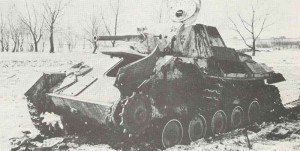
Tank brigades were combined into tank corps which were the Soviet equivalent to German Panzer divisions and likewise played a similar, central role. By 1943 there were 26 corps.
The other important motorized, mobile, divisional-size formation was the mechanized corps which, with a strength of nearly 18,000 men in 1944, was the largest and most powerful in the Soviet Army.
In addition to the tank and mechanized formations were the cavalry divisions, of which were 40 in 1941. They were held in high regard in the Red Army. During the spring thaw and late autumn before the coming of the snows, much of Russia was impassable to motor traffic, and horse-power came into its own. In April 1945 there were still 34 cavalry divisions in the Red Army, and it was not until the mid-1950s that the last horsed cavalry units were finally disbanded.
In the summer of 1942, eight Airborne Corps in the process of formation were converted into Guards rifle divisions and some of them found themselves fighting as infantry in the ruins of Stalingrad.
As early as from spring 1943 it was visible that the manpower of the Soviet Union gradually went down and that the quality of the infantry deteriorated. The creation of new units in large-scale was not longer possible. The number of the Rifle Divisions increased from spring 1943 until the end of WW2 just from 513 to 527 and the number of tank or mechanized brigades from 290 to 302.
References and literature
The Armed Forces of World War II (Andrew Mollo)
Luftkrieg (Piekalkiewicz)
Der Grosse Atlas zum II. Weltkrieg (Peter Young)
Krieg der Panzer (Piekalkiewicz)
World War II – A Statistical Survey (John Ellis)
Operation Barbarossa: the Complete Organisational and Statistical Analysis, and Military Simulation, Volume I – IIIB (Nigel Askey)
Soviet Tanks and Combat Vehicles of World War Two (Steven J. Zaloga, James Grandsen)


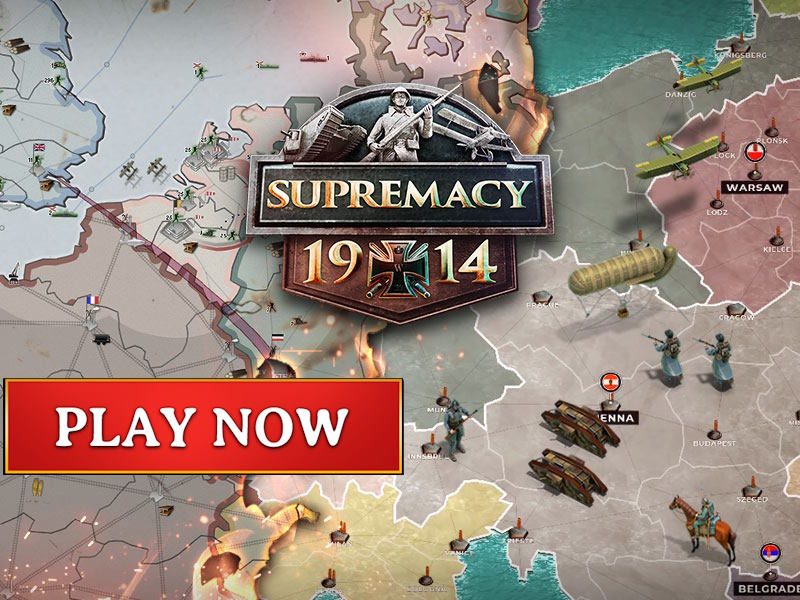
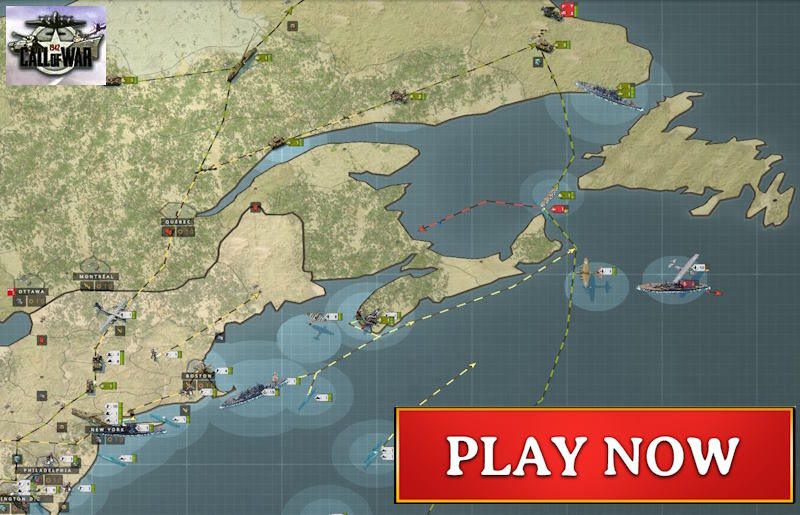
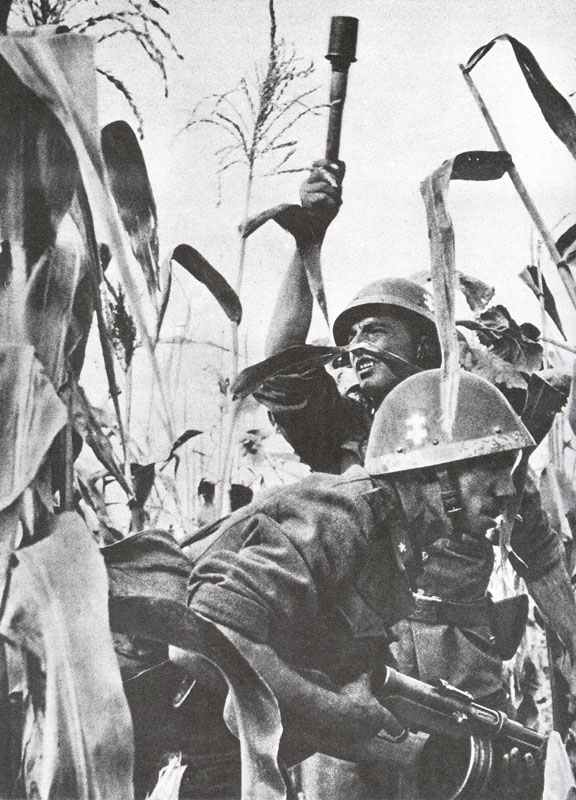
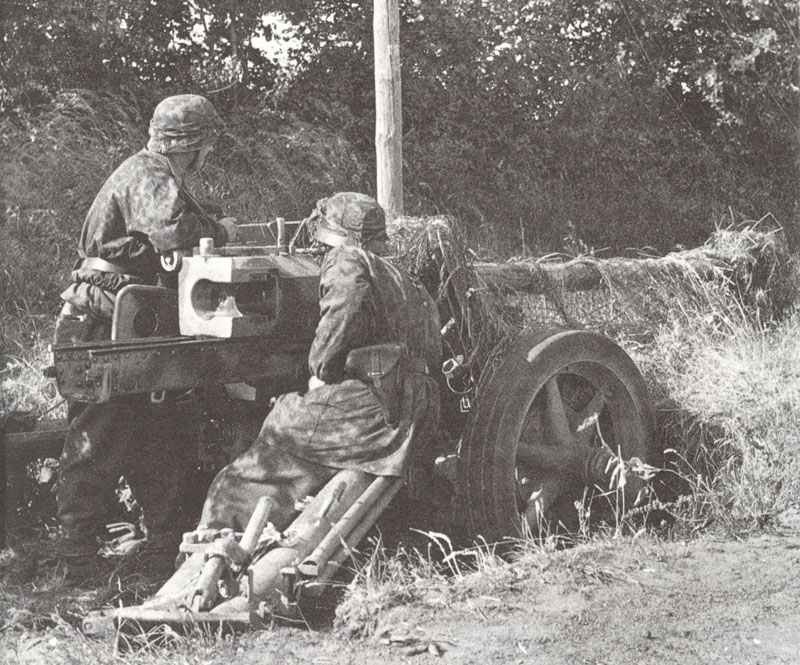
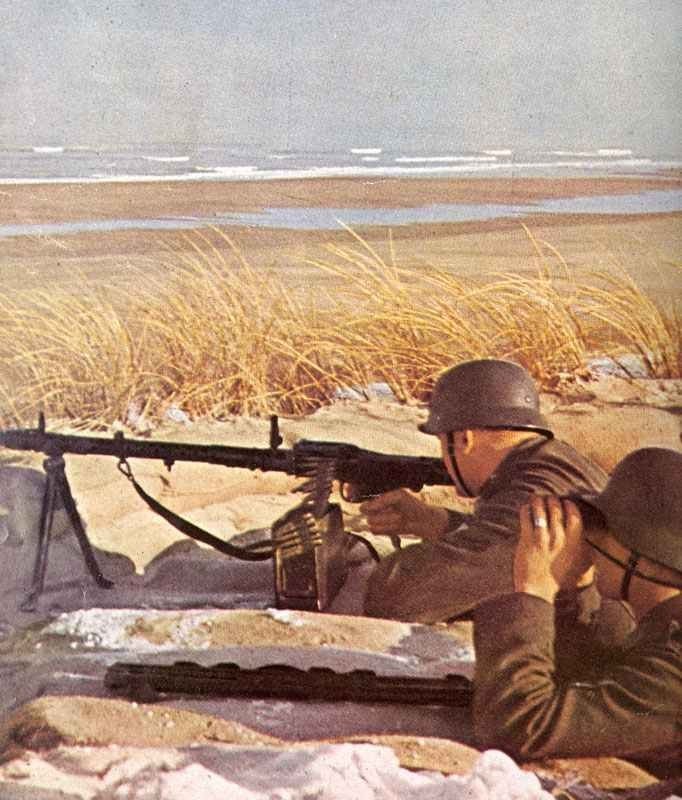
Thanks, this is very helpful in my current game of Gary Grigsby’s War in the East 2. I now know that the 150,000 Soviet troops released from the reserves in the beginning of May ’42 equals the equivalent of 14+ additional divisions to face. Thanks for great site!